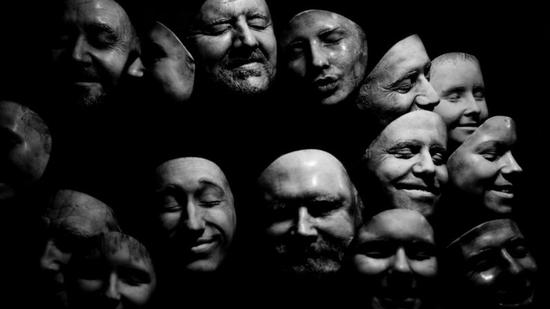
This article is produced by NetEase Smart Studio (public number smartman 163). Focus on AI and read the next big era!
[Netease smart news October 25 news] London police recently tried a new facial recognition system, but they made a embarrassing mistake. At Notting Hill Carnival, when the police used this technique to search for suspects, there were about 35 false identity matches and one of them was “erroneously†arrested.
The camera-based visual surveillance system is theoretically able to ensure a more secure social environment. However, even after decades of development, they still cannot fully deal with the real-life situation. For example, during the London riots in 2011, facial recognition software only identified one of 4,962 suspects and arrested them.
The failure of this technology means that visual surveillance still relies primarily on the surveillance cameras sitting in dark rooms watching hours of camera footage, which is not enough to protect people in a city. However, recent research shows that video analytics software may be greatly improved thanks to a completely different field of software advancement: DNA sequence analysis. Matching the evolution of DNA to video, these software tools and techniques can be transformed into automatic visual surveillance.
Since the London Police Department installed the first CCTV cameras in London in 1960, up to 6 million cameras have been deployed in various parts of the country. Now, frontline police officers have worn body-worn cameras that can not only capture more video for analysis, but also extract more complex data.
However, automated visual monitoring is still limited to tasks in relatively controlled environments. It can detect the hacking of a specific property, calculate the number of people passing through a certain door, or can identify the digital license plate very accurately. However, analyzing only specific groups of people or identifying shots on public streets is not reliable because outdoor scenes vary greatly and change rapidly.
In order to improve automated video analytics, we need software that can handle this change, rather than giving up on improvements because of its inconvenience—this is a fundamental change. One area that can be used to handle large amounts of variable data is genomics.

Since the 3 billion DNA sequences (full human genetic data) of the first human genome in 2001 were sequenced, the yield of this genomic data has grown exponentially. The sheer number of these data and the extent to which they change means that we need a lot of money and resources to develop specialized software and computing devices to process this data.
Today, scientists can relatively easily access genomic analysis services, study a variety of things, from how to fight diseases, design personalized medical services, to the mysteries of human history.
Genomic analysis involves studying the evolution of genes by studying mutations that have occurred. This is strikingly similar to the challenges in the field of visual surveillance. Visual surveillance relies on analyzing the evolution over time to discover and track moving pedestrians. By processing the differences between the images that make up the video, we can apply the techniques used for genome analysis to the video.
Early testing of this "video omics" principle has demonstrated its potential. My team at Kingston University first discovered that video can be analyzed even when shooting on a freely moving camera. The movement of the camera is identified as a sudden change. Through a special operation, such a scene is like a fixed camera.
At the same time, researchers at the University of Verona have demonstrated that image processing tasks can be coded in a way that standard genomic tools are used. This is especially important because this approach greatly reduces the cost and time of software development.
Combining this technology with our strategy may eventually bring about the video surveillance revolution promised many years ago. If you want to adopt the "video group" principle, the next decade may invent a smarter camera. In this case, we must be prepared to appear more frequently in the surveillance video. (From: thenextweb Compilation: NetEase See Compilation Robot Review: Rain Egg)
Pay attention to NetEase smart public number (smartman163), get the latest report of artificial intelligence industry.
The Puff Max. Satisfaction from start to finish. Pre Filled 11 mL Salt Nic. 1100 mAh. Internal Battery. 5% Salt Nicotine For A Smooth Draw.
The innovators at Puff Bar have blessed us with an UPGRADED PUFF BAR! Puff Bar introduces the Puff Bar Max, a 5000-puff disposable vaporizer. As a larger version of the original Puff Bar, the Puff Max boasts a 1100mAh battery and 11ml of TFN salt nic vape juice. With this true Disposable Vape, you can get up to 5000 puffs without ever having to recharge it. Puff Max offers classic Puff Bar flavors and new flavors, with mesh coils for maximum performance!
Disposable Vape Device, Disposable Vape, Vape Device
Shenzhen Essenvape Technology Co., Ltd. , https://www.essenvape.com
![<?echo $_SERVER['SERVER_NAME'];?>](/template/twentyseventeen/skin/images/header.jpg)